The world is still at war and my father, Seaman First Class, John Thomas Ryan is still serving on the USS Hornet (CV-12).
I should have included the following photograph in my posts about October 1944.
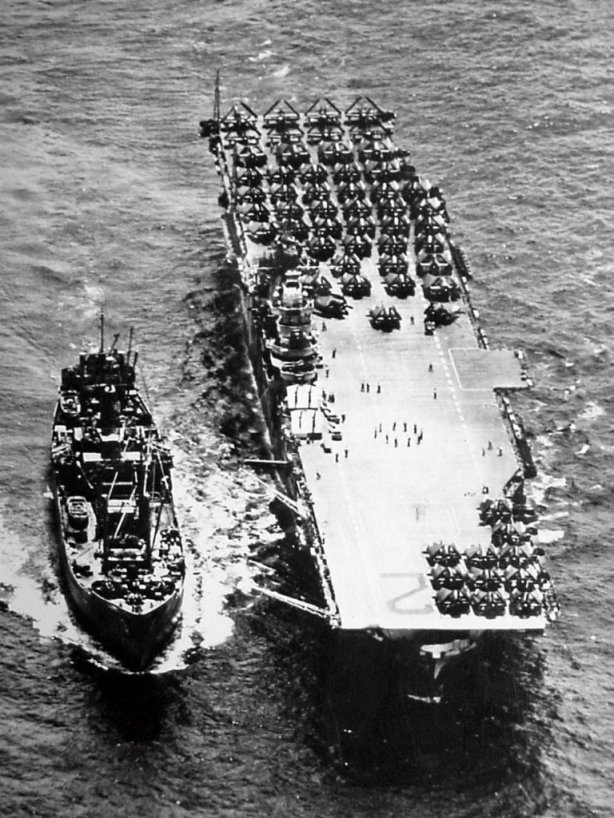
Overhead view of an ammo ship replenishing USS Hornet (CV-12), October 1944. Note the forward antenna masts half way up.
Nov-Dec 1944 – Shipping and land strikes in the Philippine area, support of the Mindoro invasion.(According to ship’s log)
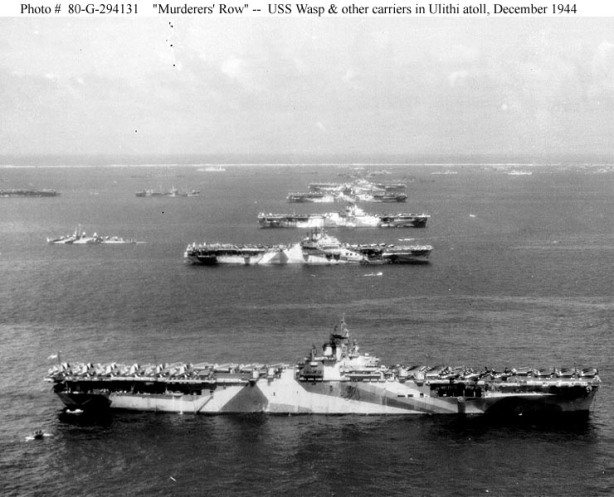
Third Fleet aircraft carriers at anchor in Ulithi Atoll, 8 December 1944, during a break from operations in the Philippines area. The carriers are (from front to back): USS Wasp (CV-18), USS Yorktown (CV-10), USS Hornet (CV-12), USS Hancock (CV-19) and USS Ticonderoga (CV-14). Wasp, Yorktown and Ticonderoga are all painted in camouflage Measure 33, Design 10a. Photographed from a USS Ticonderoga plane.
Official U.S. Navy Photograph, now in the collections of the National Archives (Photo #: 80-G-294131).
The ship’s captain is still Captain Austin K. Doyle 9 August 1944 – 1 August 1945
The Battle of Mindoro was a battle in World War II between forces of the United States and Japan, in Mindoro Island in the central Philippines, from 13-16 December 1944, during the Philippines campaign. In a war history found on the website Fold3, I learned the following about the USS Hornet (CV-12) for December 1944:
Strikes made in support of Mindoro Invasion. The ship got underway on 10 December from Ulithi. The 100,000th mile-stone was passed on December 13, 1945. During the next three days, flying in support of the airborne and amphibious landings in Mindoro Island, the Hornet’s pilots piled up 400 combat sorties against airfields and shipping in the Luzon area, meeting little air opposition. Foul weather soon cancelled other operations and the ship returned to Ulithi on December 24, 1944. This brief and unexpected respite from the strain of combat over the Christmas holidays was deeply enjoyed by all hands. Five days later, however, the breathing spell was over, and the ship weighed anchor once again.
Summary
Troops of the United States Army, supported by the United States Navy and U.S. Army Air Forces (USAAF), made an amphibious landing on Mindoro and defeated Imperial Japanese Army (IJA) forces there.
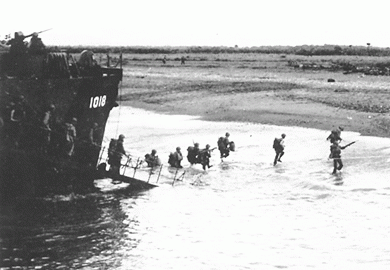
USS LCI(L)-1018 disembarking her troops at Mindoro during the Luzon campaign, 12 to 18 December 1944.
There was no significant opposition from the Imperial Japanese Navy, nor from the Japanese Army and Navy Air Forces, except for kamikaze (suicide) attacks on American ships.
The Japanese force in Mindoro was not large, and was eliminated in three days. The Army was assisted in the campaign by guerrillas from the local Filipino population.

A propaganda poster depicts the Philippine resistance movement during the first year of Japanese occupation. Following the fall of Corregidor on May 6, 1942, the Philippine guerrilla movement provided valuable behind the lines intelligence reports to Allied strategists, as well as ambushing the occupying Japanese forces.
The U.S. captured Mindoro to establish airfields there, which would be in fighter range of Lingayen Gulf in northern Luzon Island, where the next major amphibious invasion of the Philippines was planned. Ground-based fighter cover was necessary for this operation. Mindoro could also serve as the advanced base for U.S. troops going to fight in Luzon.
Background
For the invasion of Luzon, U.S forces needed air bases that were closer to the northern island than Leyte Island. Mindoro was the logical choice. Located not too far south of Luzon, and being about one-half the size of New Jersey, Mindoro is mostly covered by hills and mountains, with a few narrow plains along its seacoasts. Almost daily rains and high humidity, caused by clouds moving up from the south trapped by the high peaks made it a breeding ground for malaria and other tropical diseases. However, Japanese defenses on the island were minimal.
The airfields recently constructed at Leyte were deemed unreliable, so potential additional airfields in Mindoro appealed to General of the Army Douglas MacArthur, the commanding general of this theater of operations.
But taking Mindoro was a daunting task. The northeastern coast was best suited for amphibious landings, but was exposed to what was left of Japanese air power on Luzon, so this was ruled out. The town of San Jose on the southwest corner, though nearer to Mangarin Bay, Mindoro’s best deepwater port, was the spot chosen by his planners.
The U.S. Sixth Army under Lieutenant General Walter Krueger was assigned to seize Mindoro.
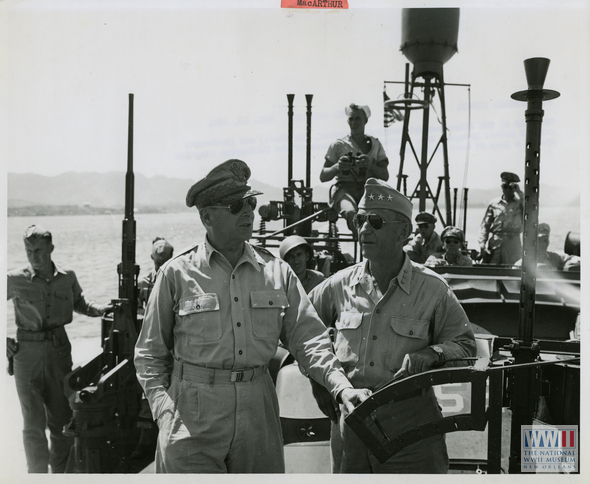
General MacArthur and Lieutenant General Krueger discuss the progress of the Philippine campaign aboard a PT boat in October 1944
Krueger, in turn, gave the task to Major General Roscoe B. Woodruff’s 24th Infantry Division, with the 19th Infantry and the separate 503rd Parachute Regimental Combat Team of Lieutenant Colonel George M. Jones to spearhead the assault.
The main threat to the amphibious assault vessels and supporting warships was land-based Japanese kamikaze planes. The Japanese had begun the deadly practice as a desperate measure during the final stages of the Battle of Leyte and widened its use by December 1944.
In early December, USAAF and USN airplanes attacked Japanese air bases to destroy potential kamikazes before they could attack. U.S. aviators claimed more than 700 planes destroyed on the ground.
On 13 December 1944, two days before the scheduled assault on the island, kamikazes struck at the Navy task force bringing the landing force. The light cruiser USS Nashville was hit by a kamikaze, killing over 130 men and wounding another 190.
Brigadier General William C. Dunkel, the commander of the landing force, was among the injured. Other kamikaze attacks damaged two tank landing ships (LSTs, for Landing Ship, Tank) and disabled several other ships.
The Battle
On December 15, 1944, the invasion of Mindoro began. The clear weather allowed the full use of American air and naval power, including six escort carriers, three battleships, six cruisers and many other support warships against light Japanese resistance. Because of inadequate airstrip facilities in Leyte, the 503rd Parachute Regimental Combat Team came ashore in Mangarin Bay with the landing force instead of jumping. Destroyers provided fire support for the troop landings and anti-aircraft protection for the ships in the transport area. Two LSTs struck by kamikazes were abandoned and sank.
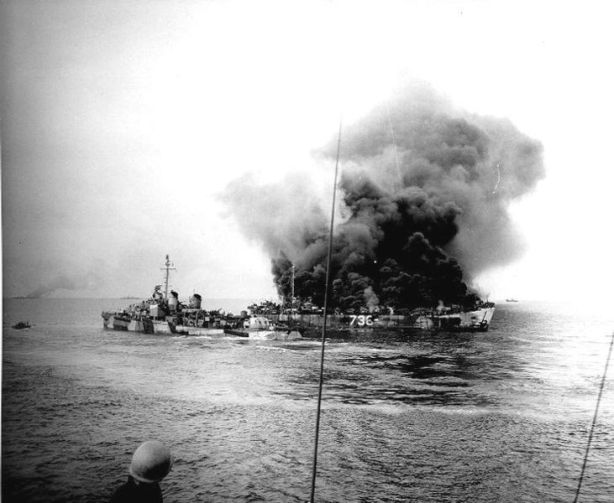
LST-738 burning after she was hit by a kamikaze off the Mindoro landing beaches, 15 December 1944. USS Moale (DD-693) is nearby. Note the hole in LST-738’s starboard side, just forward of the large “738” painted there. Smoke in the left distance may be from LST-472, which was also hit by the kamikaze attack.
In one heroic action, the destroyer USS Moale (DD-693), under the command of Commander Walter M. Foster, went alongside the burning LST-738 (which was loaded with aviation fuel and ordnance) to rescue crewmembers. Several explosions aboard LST-738 caused damage to Moale as she pulled away. Some pieces of shrapnel were two feet square and they put four holes in Moale‘s hull. Gunner’s Mate Ed Marsh reported that a one-gallon jar of vaseline from the LST’s cargo splattered on one barrel of his twin 40 mm Bofors AA gun, providing unwelcome lubrication. Moale suffered one casualty and thirteen wounded. In addition, Moale also rescued 88 survivors.
There were 1,000 defending Japanese soldiers stationed on Mindoro. Another 200 survivors from ships sunk off Mindoro en route to Leyte were also present. The defenders were outnumbered and outgunned. Some 300 Japanese manning an air raid warning station at the island’s northern end put up a stiff fight against a company of the 503rd, but except for mopping up, the island was secure within 48 hours.
Aftermath
The defending Japanese forces on Mindoro suffered some 200 killed and 375 wounded. The survivors fled into the jungles, where they lurked till the end of the war. The 24th Infantry Division lost 18 men and had 81 wounded.
By the end of the first day, Army engineers were at work preparing airfields. Two were completed in thirteen days. These airfields allowed U.S. aircraft to provide direct support for the Luzon invasion. The Mindoro airfields were also used by long-range bombers, especially USAAF B-24 Liberators, to attack Japanese shipping from Formosa to Luzon. These bombers also operated over the South China Sea, and combined with the Navy to blockade shipping between Japan and south-east Asia.
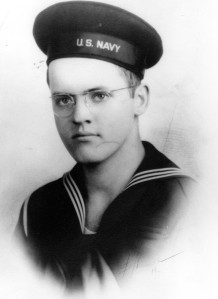
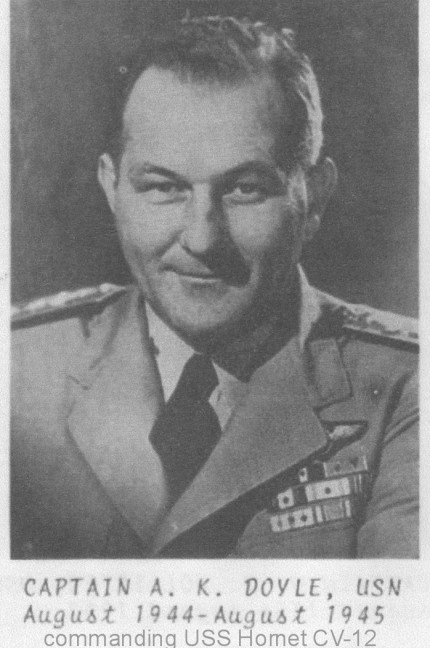
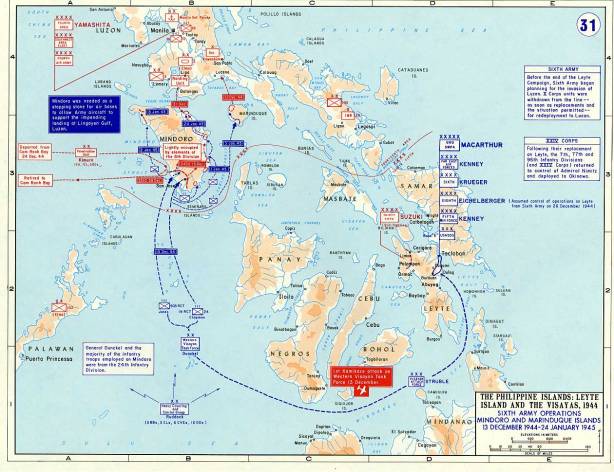
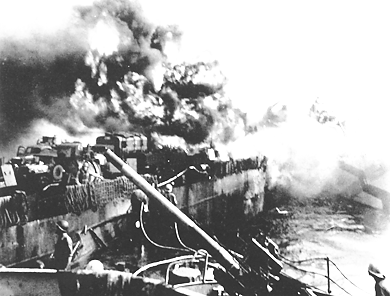
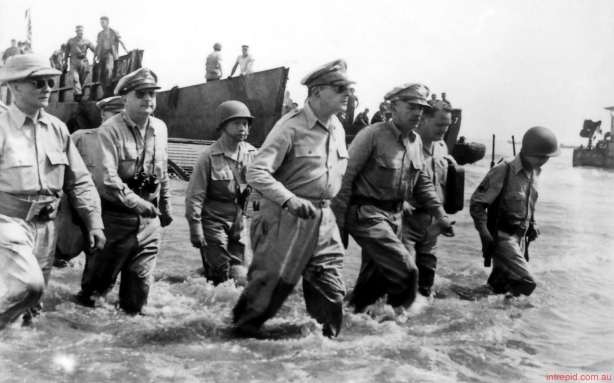

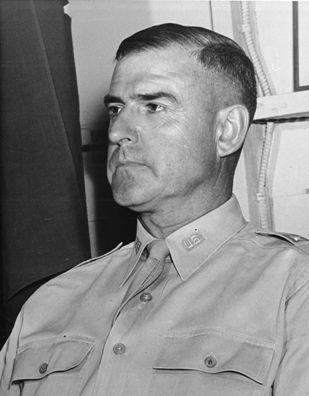

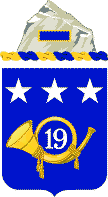
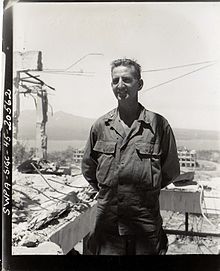
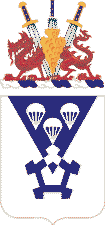
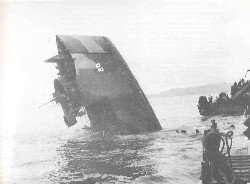

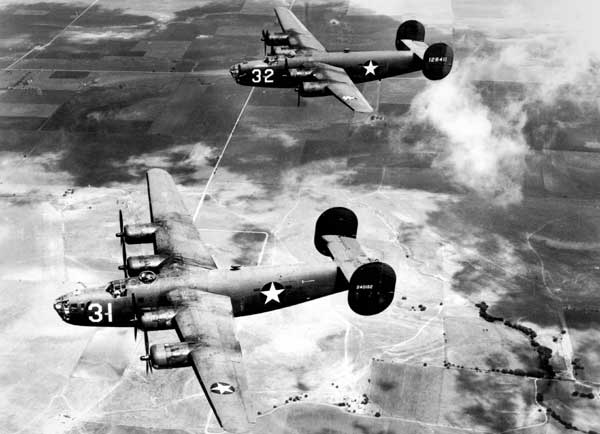

My grandfather was a photographer in the Seventh Fleet during the second World War, and was present at the Battle of Mindoro. He didn’t write about or tell us anything about it as far as I can remember, so it’s a pleasure to be able to learn more about the battle from your website. Thank you for sharing this.
Interestingly, one of the photos you’ve used—of LST-738 burning—was taken by my grandfather, and the one of LST-472 after being struck by a kamikaze may also be one of his, based on some photos I have that were taken from a similar angle. I’ve posted them at https://danbmurphy.com/the-battle-of-mindoro/; please feel free to use any of them if they’ll help you tell your father’s story.
Sorry for the late response. I haven’t been active so sometimes forget to keep up with comments. Very interesting about your grandfather. I am looking forward to looking through the photos and will give credit if I write anymore posts and use any.
Reblogged this on quirkywritingcorner.
Thanks for the reblog.
[…] add some of these pieces of information. Recently I added the January – March 1944 and the December 1944 […]
[…] add some of these pieces of information. Recently I added the January – March 1944 and the December 1944 […]
For those who don’t know the story of ships named Hornet in the U.S. Navy:
The Navy has had a Hornet almost since the beginning of the Navy. Hornet CV-12 was originally to have been named Kearsarge, but when Hornet CV-8 was lost during the Battle of Santa Cruz Island off the Philippines in October, 1942, CV-12, which was then under construction, was quickly re-named Hornet. It was CV-8 that launched the B-25 bombers of the Doolittle Raid on Tokyo in April, 1942. CV-8 was a Yorktown-class carrier and it was the three Yorktown-class sisters tha turned the tide of the war in the Pacific at the Battle of Midway in June, 1942. CV-8 went to the bottom of the sea after only 11 months in service, but what a glorious 11 months they were! CV-12 is the carrier that picked up the Apollo capsules and CV-12 is now a museum ship docked at Pier 3 of the former Alameda (CA) Naval Air Station, the same pier where CV-8 took on the B-25s for the Doolittle Raid. The current Hornet in the Navy arsenal is the F-118 fighter.
Thanks for sharing. The name certainly has an outstanding history with the US Navy.
One of the things that caught my attention was how fast the military could work,GP, creating two airfields in 13 days. We could use that kind of effort today! –Curt
Good thought, Curt, but I doubt that sort of manual labor is in today’s vocabulary! Hard work? What NO computer or robot available?
Had an interesting discussion last night with a fellow who oversees coordination of projects between the various military branches and a Google manager with how fast Google gets something up and running and how fast the military does. No comparison. Not just hard work, but red tape. –Curt
A generation that did the impossible.
They sure did. There certainly have been other wars and sacrifices but I think the WW2 generation both in it and at home were made of some tough stuff.
A story after my own heart…
The photo of the carriers lined up was called “Murderers Row” after the 1927 Yankees…
Sounds like a good analogy. Thanks for reading.
Excellent ! Thanks for sharing it with us.
Ever grateful for these men.
(((HUGS)))
Another great humbling post GP. Thanks.
Good read.
Excellent, GP. Thanks.
Thanks
My pleasure. The information on your father and the Hornet are terrific.
Maryann did a great job here, don’t you think?!
Yes I do. 😀
Thank you
Reblogged this on Pacific Paratrooper and commented:
Another story you won’t want to miss!!
Thank you. I appreciate it.
[…] USS Hornet (CV-12) – A Father’s Untold War Story – November – December … […]
What an interesting read! i had never read about this part of World War II before, well written.
Thank you. I definitely learned a lot myself.